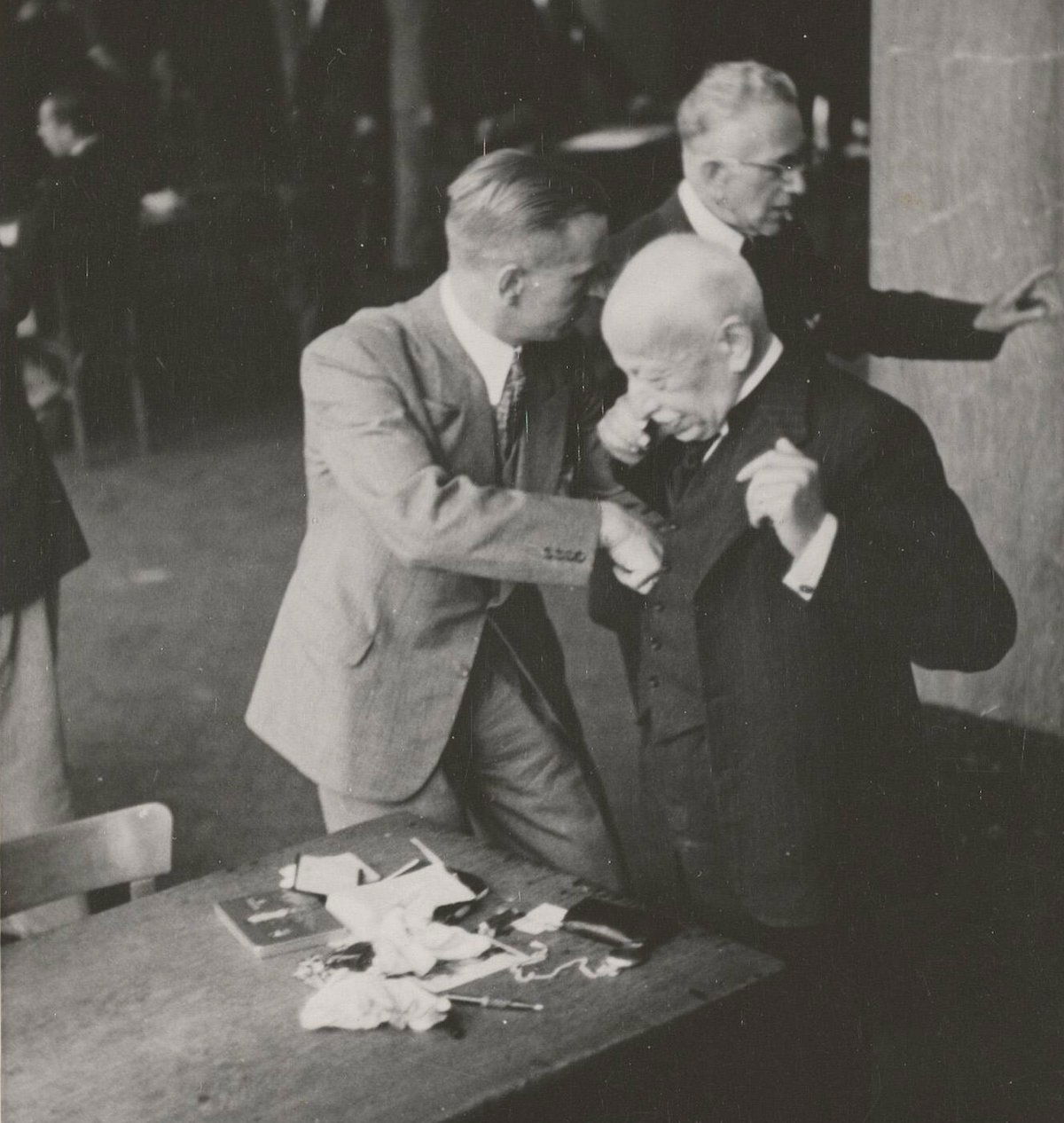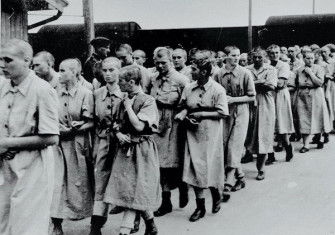Diamonds and the Holocaust
As Jewish lapidaries were held in Nazi concentration camps, diamond sales soared in the US. Both sides saw gemstones as integral to the war effort.

Nearly two years into Nazi Germany’s occupation of the Netherlands, on 16 April 1942 Jewish and non-Jewish diamond merchants received orders to congregate at the Amsterdam Diamond Exchange at midday, to register inventories of finished gemstones. Instructed to bring with them their companies’ stock, each merchant, so they were told, would obtain written documentation specifying the stones’ quantity, quality and market value. On the day of the Diamantroof (diamond raid), members of the Exchange, having entered the main hall, soon found the exits barricaded. Within minutes the head of the Rijksbureau voor Diamant, Carl Hanemann, marched into the building. With him were the German mineral dealer Arthur Bozenhardt, the head inspector of the SS Devisenschutzkommando (Foreign Exchange Protection Unit), officers from the Amsterdam police and, finally, the Dutch collaborator, police detective Willem Klarenbeek. Equipped with pen and paper, they sat down at small, wooden desks, lined up the crowd and coerced those present to hand over every single carat in their possession.







